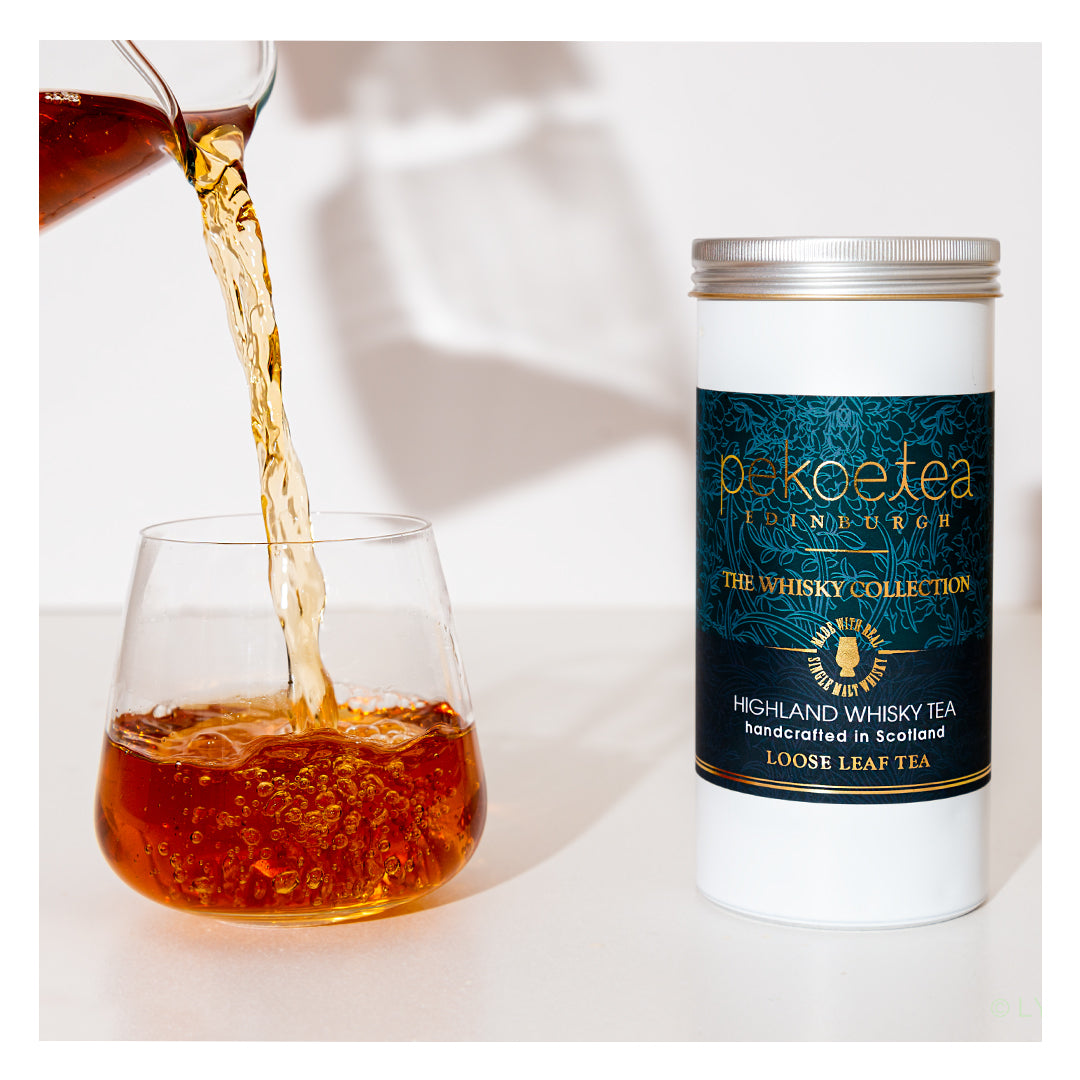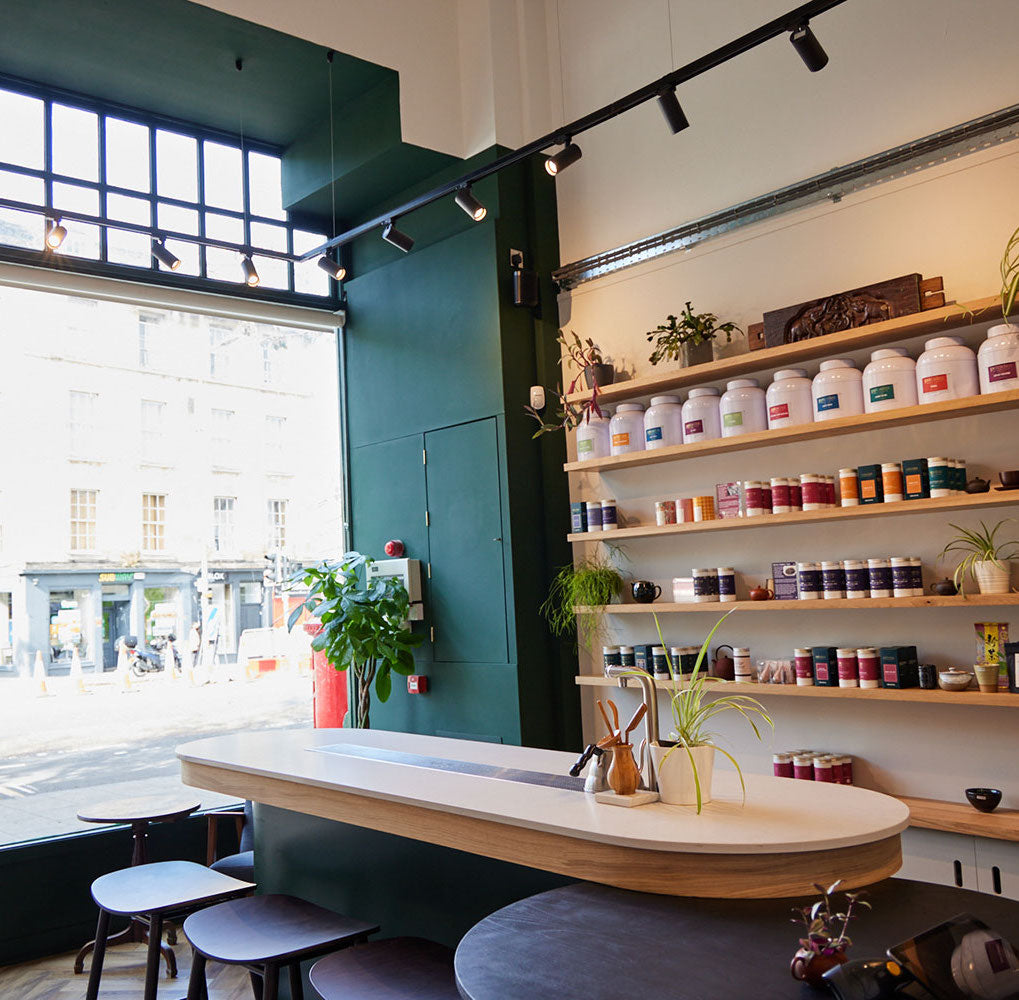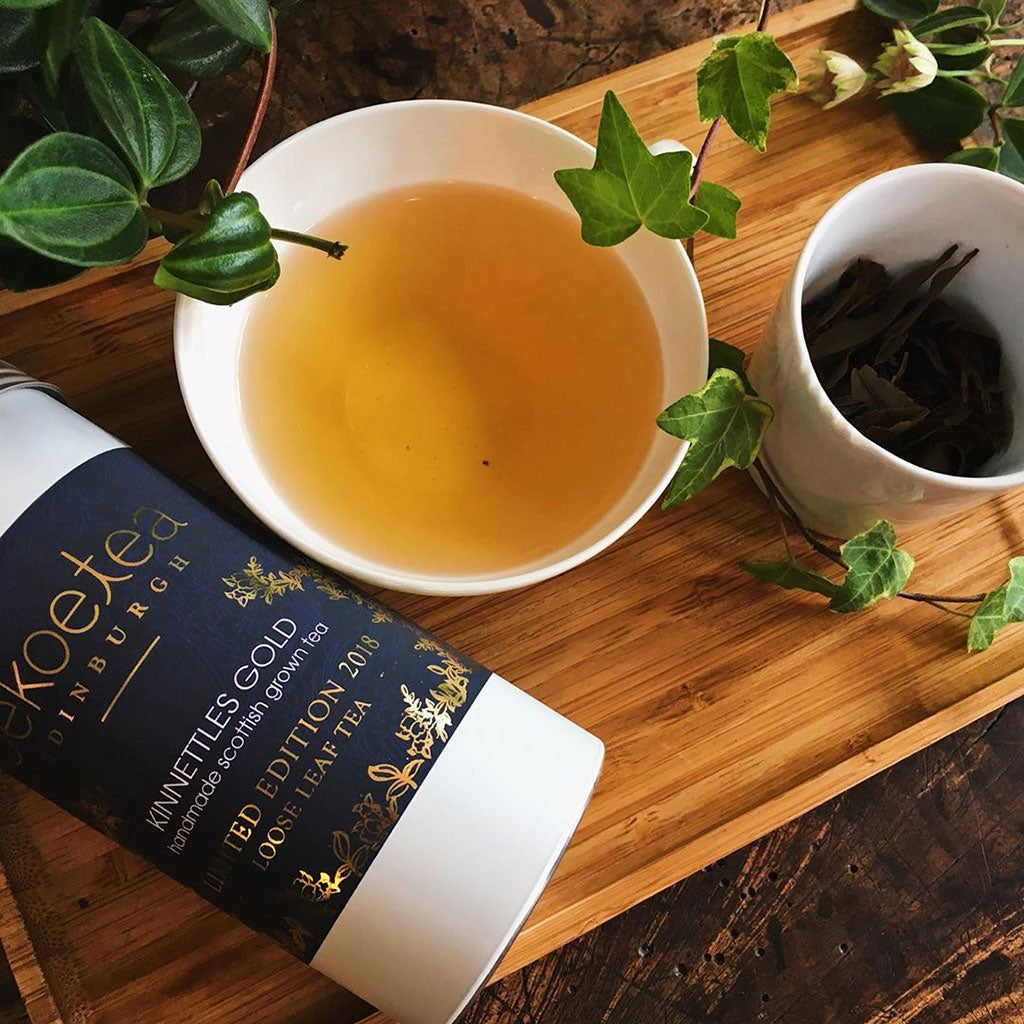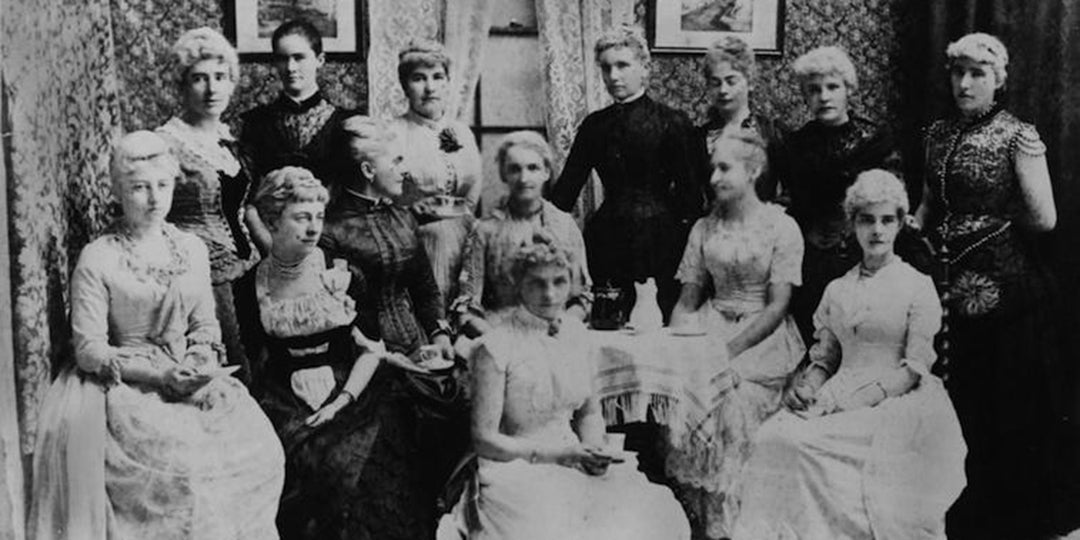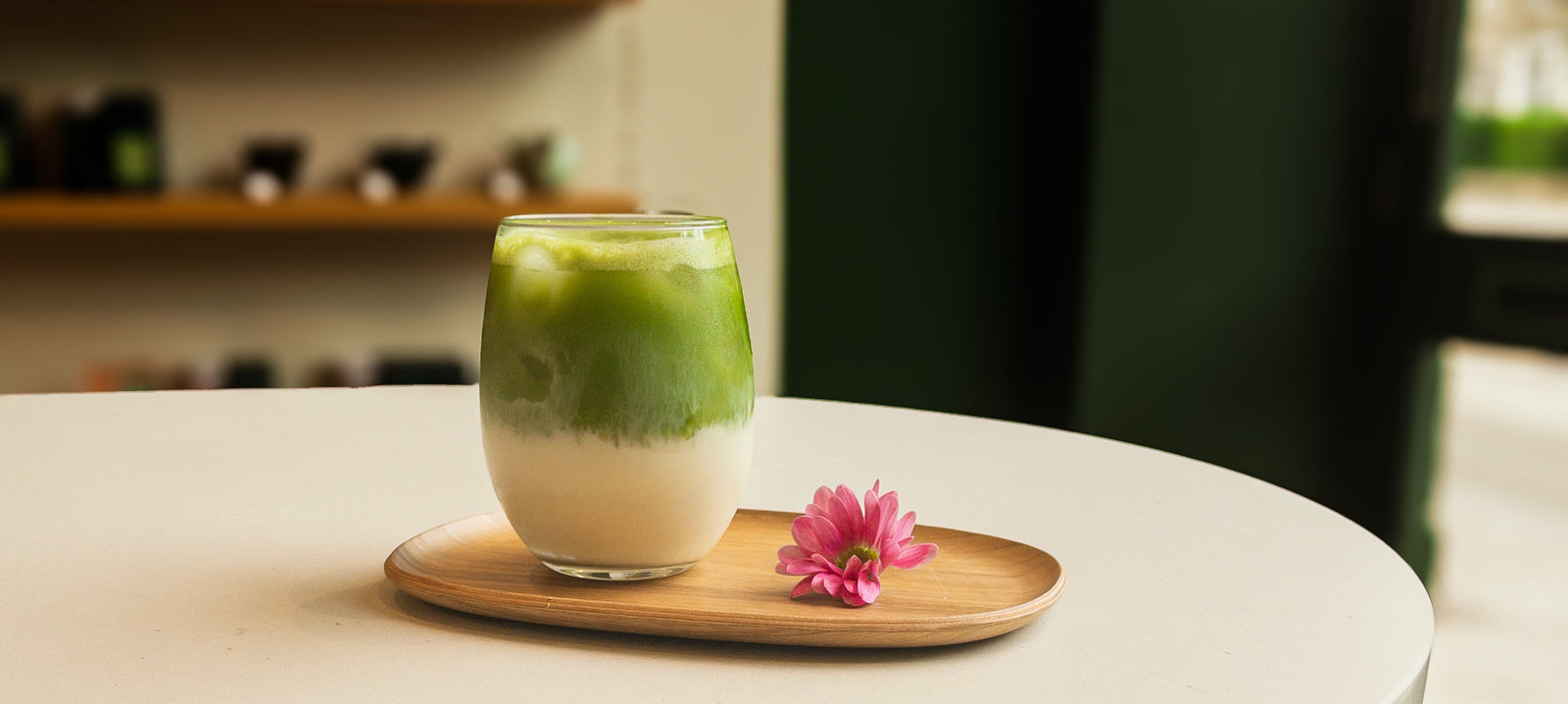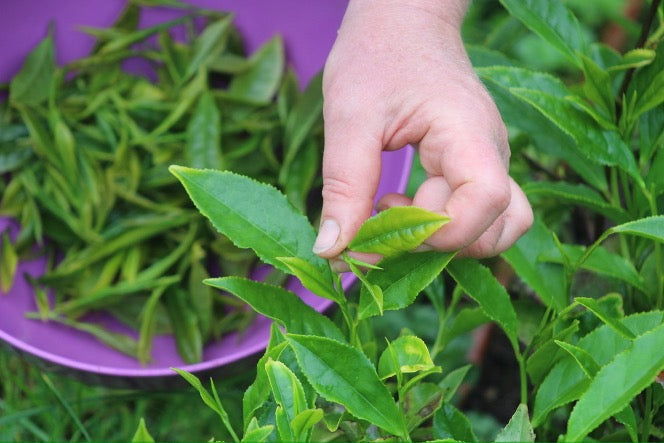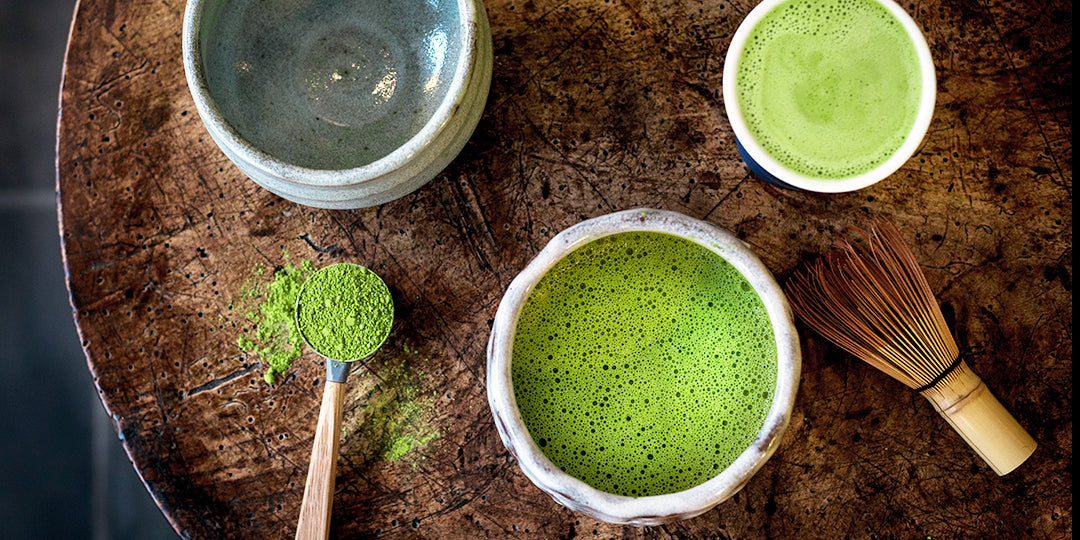Historically women and their achievements have not been celebrated or recognised as much as they deserve to be and this is also true in the history of tea. Tea has a long and complicated history starting in 2732 BC and is still ongoing.
During all this time many women have helped to shape the culture and etiquette of tea drinking around the world and this post is our thank you to some of them.
 Here in Scotland Catherine Cranston was a leading figure in the development of tearooms in Glasgow. She was an ambitious and eccentric businesswoman who worked with artists, including the iconic Charles Rennie Macintosh and his wife Margaret Macdonald, to help design her tearooms. Each of her four locations had a different aesthetic as she gave the artists working on them a lot of freedom to design the places. Her most famous location is possibly the Willow Tearooms which have recently undergone a huge refurbishment to maintain the original style of the place and add in a space for the history of the tearoom.
Here in Scotland Catherine Cranston was a leading figure in the development of tearooms in Glasgow. She was an ambitious and eccentric businesswoman who worked with artists, including the iconic Charles Rennie Macintosh and his wife Margaret Macdonald, to help design her tearooms. Each of her four locations had a different aesthetic as she gave the artists working on them a lot of freedom to design the places. Her most famous location is possibly the Willow Tearooms which have recently undergone a huge refurbishment to maintain the original style of the place and add in a space for the history of the tearoom.
Catherine Cranston’s family is also connected to the tea industry through her brother Stuart Cranston who traded tea into Glasgow as an alternative to alcohol during a time when alcohol wasn’t so well favoured in the city. Catherine took her brother's idea of simple tearooms and made it her own by opening her own more luxurious and atmospheric spaces that a lot of women attended as they were a safe space for them to enjoy themselves without any male company present. In 1917 her husband passed away and she sold her tearooms and withdrew from the public and after her death in 1934 she left two thirds of her estate to the poor of Glasgow.

Queen Catherine, also known as “The Tea Drinking Queen”, brought loose leaf tea with her when she moved from Portugal to England to marry King Charles II in 1662. Portugal had a colony in Macau at the time so they were able to access tea from China. At this point in time in the UK tea was mostly drunk for medicinal purposes rather than the everyday brew it is now. It was queen Catherine who started the change in attitude towards tea in the UK as she drank tea as part of her daily routine and many others followed in her footsteps in order to stay fashionable.

Another aristocratic figure to thank is the Duchess of Bedford Anna Russell who found the time between lunch and dinner to be too long and she needed something in between to keep her going. And so the afternoon tea was invented in 1841 when she was visiting Belvoir Castle. The duchess invited her friends to join her for small sandwiches and cakes served alongside Darjeeling tea in the mid afternoons and it became very popular in middle and upper class households.
The custom of adding milk to tea is credited to famed letter writer and Parisian socialite Madame de Sévigné who wrote about learning it from another socialite Madame de La Sablière, who hosted women in a literary salon. It was in one of her famous letters to her daughter that Madame de Sévigné wrote: "Madame de la Sablière took her tea with milk, as she told me the other day, because it was to her taste." This written record is from 1680 and is generally accepted as the first instance of adding milk to tea.
One of the biggest revolutions in tea drinking was invented and patented by two American women Roberta C. Lawson and Mary Molaren in 1901.
Their invention of the teabag is often incorrectly thought to have been invented by Thomas Sullivan in 1908 who sent samples of loose leaf tea in small silk pouches that the recipients would use as a teabag despite that not being the intention of the bags. Lawson and Molaren on the other hand patented their creation under the name “tea leaf holder” and had designed the bag to hold the ideal amount of tea for a cup in a stitched mesh bag that would allow for the water to circulate through it and draw out the flavours of the tea inside.
One of the ongoing movements in tea is women's right to a fair wage and better living conditions. On many tea estates in India and Sri Lanka, tea is handpicked mostly by women and they are fighting for their much deserved recognition and payment for the laborious work that they do.
Recently, in 2015, 6000 women working on Kanan Devan Hills Plantations in Kerala (in the south of India) united to demand better working conditions, higher wages and for their payment bonuses to be reinstated. They protested for nine days against their company and the male lead trade unions that weren’t helping them get what they needed. The women’s bonus payments were reinstated but they had to continue to negotiate for higher wages and also did this without the help of trade unions.
This is only one instance of this movement and there is still a lot more to be done before we can look back on this issue as being a part of tea history.
Ellen Jardine

